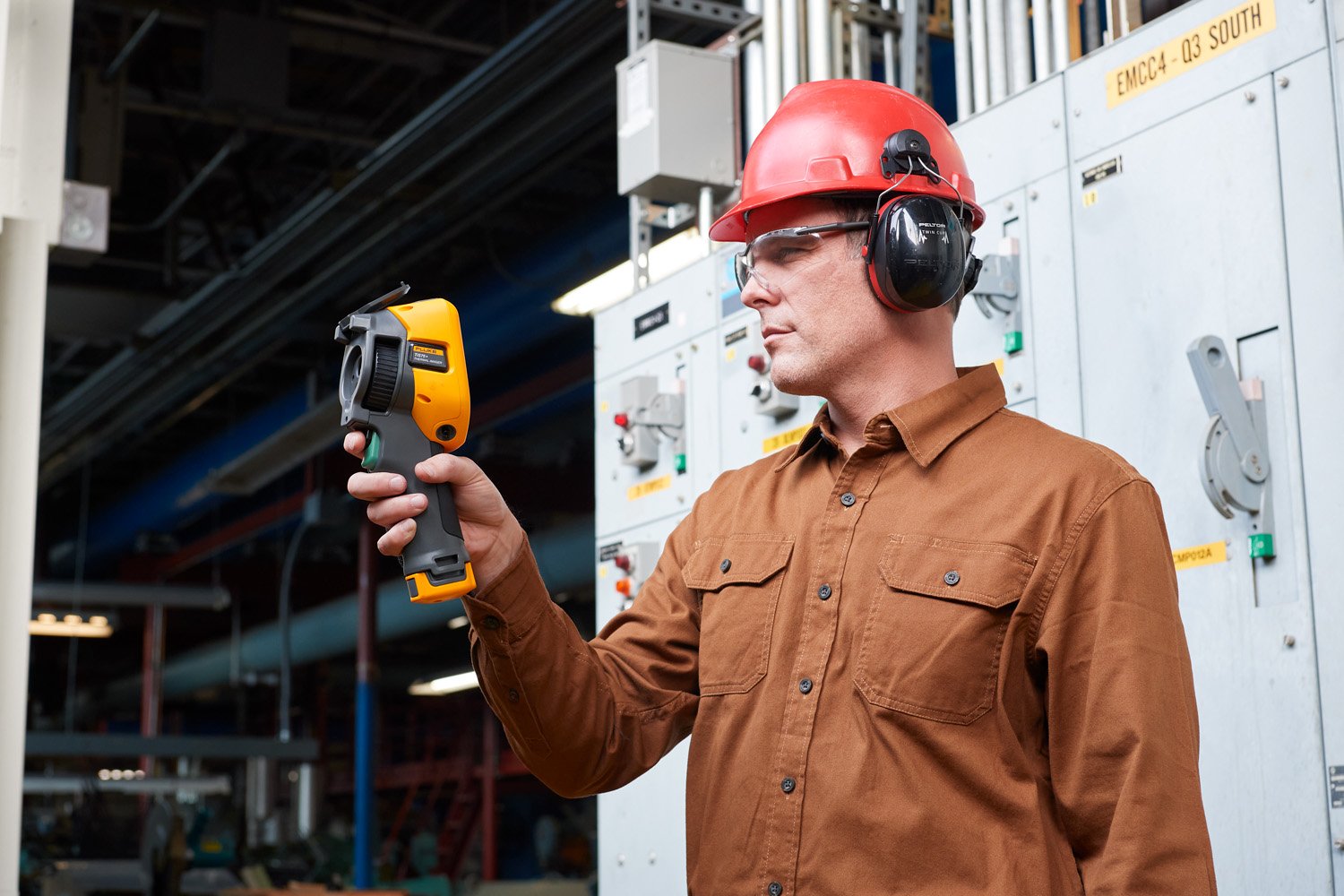The quality of a thermal image is much more than just aesthetics. It is critical to pinpointing specific areas of concern. A simple way to look at it is:
IMAGE QUALITY = focus + optics + spatial resolution (pixels + field of view)

1. Focus
Focus directly affects the quality of your image as well as the accuracy of the temperature measurement data that you capture with an infrared camera. Indeed, a blurry image can be worse than no image. If your image is out of focus, your measurement could be off by 20 degrees or more. Be sure to choose the focus type—fixed, manual, or automatic—that matches the typical distance to the target for your inspections.
2. Optics
The materials used for thermal imaging lenses determine how efficiently infrared energy is transmitted to the detector, and thus directly impact the quality of your image. Losing too much infrared energy through the optics can lead to a loss of detail in the image. Germanium is the most efficient available material for transmitting energy to the detector and is used with special coatings in higher quality infrared camera lenses
3. Detector resolution (pixels)
The number of detector pixels (detector resolution) on your infrared camera is a key factor in the quality of your images. Each pixel detects the apparent temperature of its area of the target. The more detector pixels focused on the target, the more detail you have in your image and accurate your measurement.
4. Field of View
Field of view (FOV) works hand in hand with detector resolution in determining image quality. FOV defines the area the imager sees at any given moment. FOV requirements vary depending on the application. For example, a wider FOV is better for inspecting a building or an up-close look at an electrical board. At long distances, smaller objects benefit from a camera with a narrow FOV.
5. Spatial Resolution
Because both detector resolution and FOV play a key role in infrared image detail, you’ll be happy to know that spatial resolution—measured in mRads—takes both into account. Spatial resolution can be considered as a way of defining the smallest object size that can be detected. The lower the value of the spatial resolution, the better the detail and image quality.
Related Resources